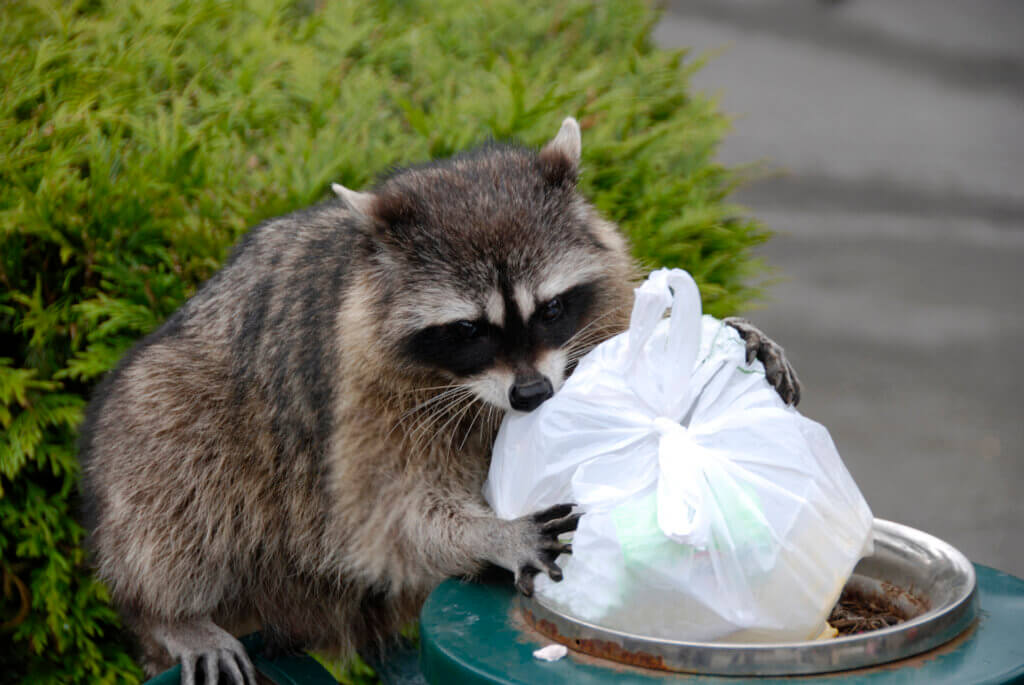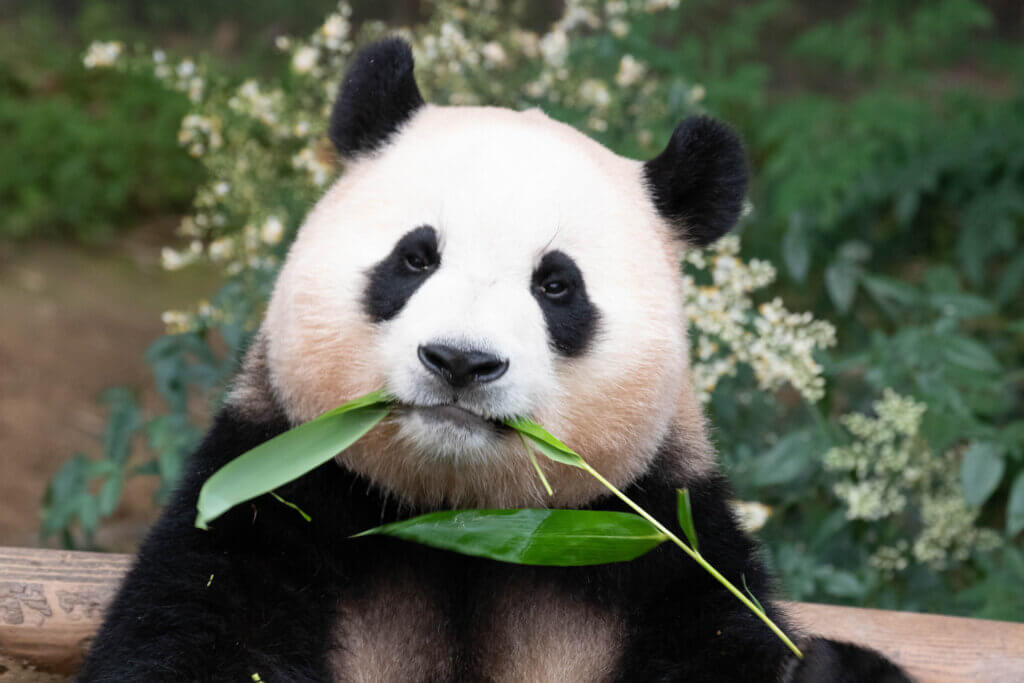Cute, chubby, funny little paws that look like hands – there’s more to raccoons than that. They can be destructive and messy and certainly dirty. Contrary to popular belief, they don’t all have rabies if they’re out during the day, but you also don’t want to approach one if it is. Frankly, you don’t want to approach one at night, either! The more you know about raccoons, the smarter you’ll be about dealing with them.
Why Are Raccoons Out During the Day

Just seeing a raccoon out in the day is not reason enough to think it’s sick. Raccoons might come out during the day if there is a food source available at a particular time, if they have been frightened out of their daytime sleeping spot, or if there is high competition in the area at night from other nocturnal animals. Baby raccoons are also commonly seen outside during the day, and mother raccoons might be out looking for food for them. All moms can relate to that. A red flag to look for is loss of balance, difficulty walking, or lethargy. That’s not normal raccoon behavior and are all indications of a sick raccoon. It doesn’t always mean rabies, but it can. It’s best not to approach a raccoon at all, really. Which brings us to our next question.
Why Are Raccoons So Cute
This one may be a personal preference but man they are adorable. It could be a throwback to the Rocky and Bullwinkle days or the more recent Guardians of the Galaxy movies, but just about anyone would agree – raccoons are pretty cute. Their chubby bellies make for a super cute waddle and their bandit mask make them look silly and harmless. Or like a kid that got into her mom’s eyeliner. Either way, they are adorable. On the other hand…
Why Are Raccoons Dangerous & Bad
Let’s be careful here. Raccoons are wild animals and can’t – and shouldn’t – be blamed when they act like it. They carry rabies, fleas, distemper, and parasites like roundworm but they’re out in the wild with many diseases so you can’t really expect any different. These dumpster divers can be dangerous when threatened, though. When a raccoon feels threatened, they’re more likely to bite but they will hiss and puff themselves up to appear larger. It’s a defense mechanism that can work quite well. Keep in mind, it’s best to avoid raccoons at all costs.
Why Are Raccoons Bad Pets
We may be a little repetitive here, but: raccoons are wild animals. They are not meant to be domesticated and will not do well as such. In addition, in many states it’s against the law to have a raccoon as a pet. Even tame raccoons can be unpredictable and mischievous. They like to climb and explore and are not suited for cages or small rooms. While they can be affectionate if brought up by a person, raccoons can be aggressive and might bite anyone – including family, pets, strangers, and other animals. Raccoons are cute – we’ve established that. But they aren’t kitten and puppy cute. So, don’t try keeping one as a pet. It will go badly.
Why Are Raccoons Important
The raccoon plays an important role in our ecosystem. They are beneficial to humans because they feed on many potential pest species, such as insects, and on carrion (decaying flesh of dead animals), assisting in eliminating decomposing animal matter. Like nature’s trash collectors! They’re also important pollinators. They feed on berries and nuts, depositing them in their feces and helping to spread that plant further into the environment. They certainly don’t pollinate like a honeybee, but they do their part. They also feed on smaller rodents, keeping mouse, rat, and chipmunk populations down. Which brings us to our next thought.
Why Are Raccoons So Fat
Wow. Let’s not fat shame, shall we? We like to use the term “pleasantly plump” and it’s all because of diet and shape. Their normal diet is about 40% invertebrates, 33% plants, and 27% vertebrates. In the wild they have a wide range, foraging hundreds of acres. In cities, they get most of their food from dumpsters, pet food, gardens, and other sources with relative ease. No wonder they got the nickname trash panda. And they get fat the same way people do, by eating more and exercising less. So, don’t you judge.
Why Are Raccoons Called Trash Pandas

We’ve established the trash part, right? The panda part is basically the coloring around the eyes. Both animals look like they’re wearing a mask like the Dread Pirate Roberts. Of course, you would never get the two animals mixed up, but trash panda is a super cute nickname for these fuzzy little guys and gals.
Look, raccoons are cute, but they can also be a serious pain in the butt. If you’ve ever woken up to your garbage bags ripped open, garbage littering your driveway, and little paw prints on the trash cans you thought were animal proof, you know how annoying they can be. And while their little waddle is endearing, you also should know that while they’re scraping the crumbs off the grill brush you have hooked to the side of your grill, they’re also depositing their saliva and bacteria back onto it. Gross. But! We can all coexist if we know what to do and how to interact with them. Minimal interaction is key. Locking trashcans will help with raccoons and bear. Don’t be nice and feed them – they can get fat enough without you. And if you think you have a raccoon – or any wildlife – in your home, be sure to call in a professional. Don’t go head-to-head with a wild animal. Let a pro take care of it for you.